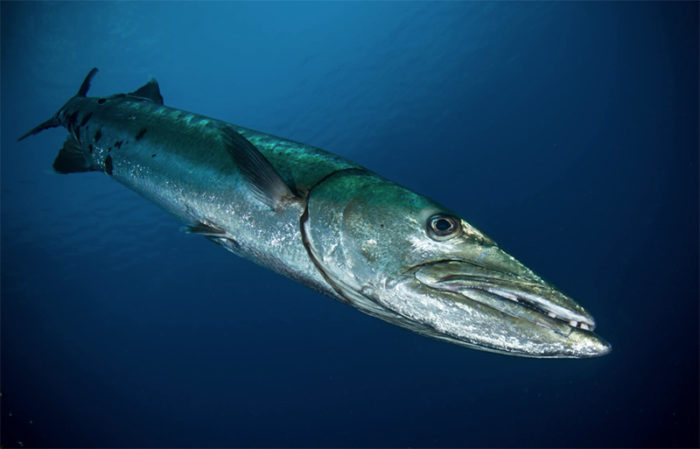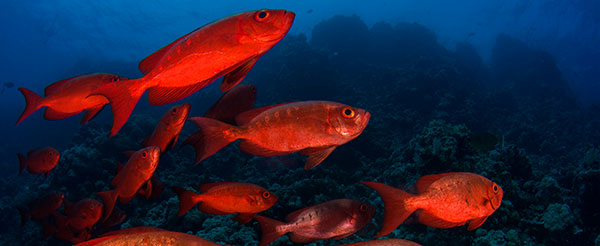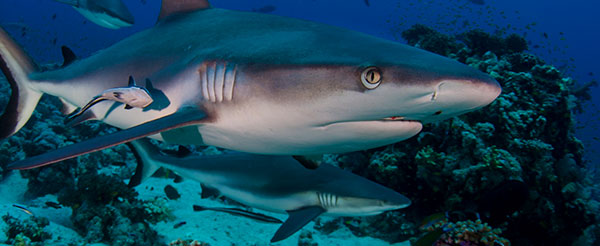Our customers were very very satisfied with the trip and Your Services!
Author: Livia (Volgyesi) Hertelendy
Spring Season in Sudan 2017!
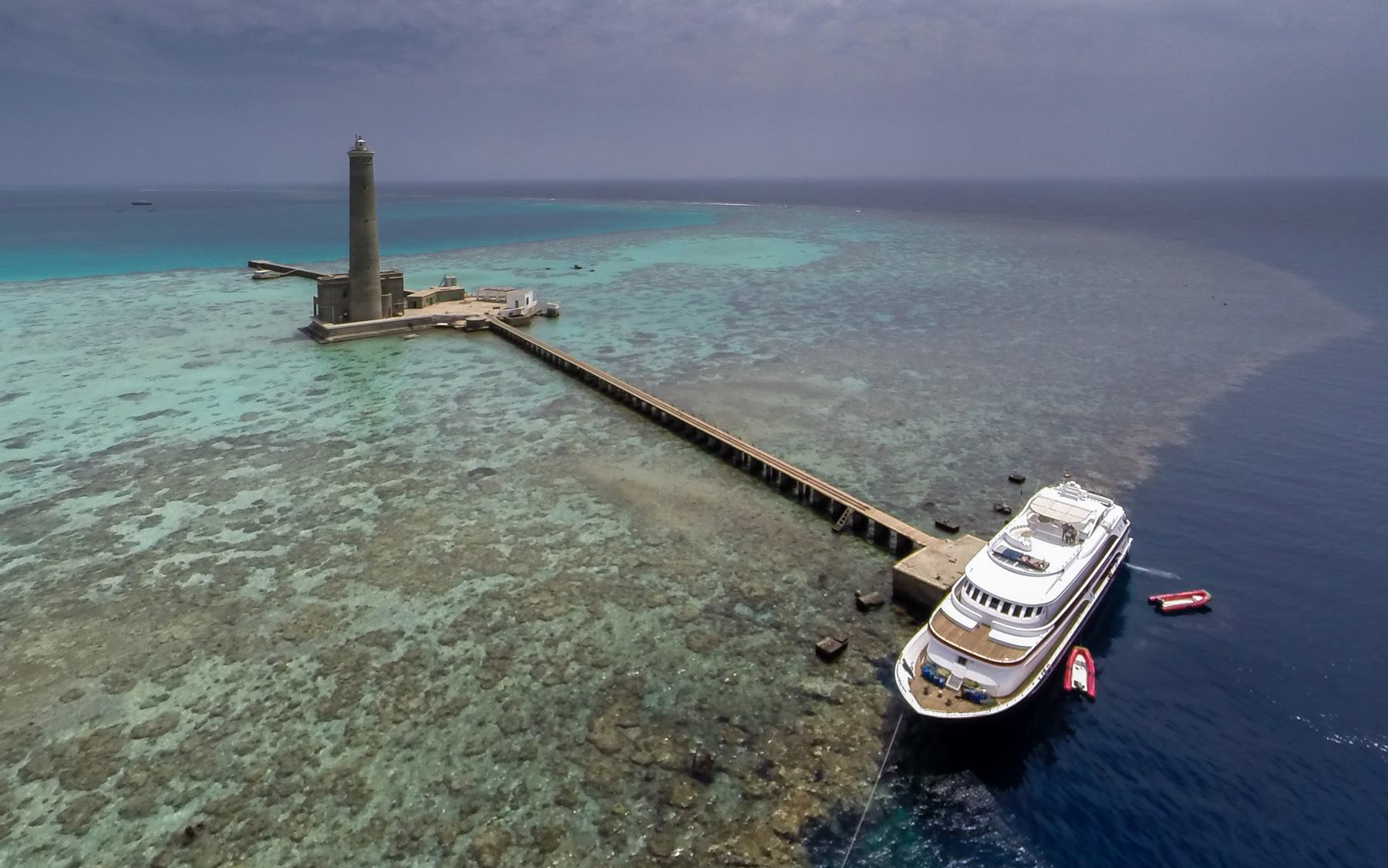 SCUBA DIVING SAFARIS IN SUDAN IN 2017. You ask for it, we deliver!
SCUBA DIVING SAFARIS IN SUDAN IN 2017. You ask for it, we deliver!
Sudan is waiting for you again between FEBRUARY and JUNE in 2017. Come and see the wonders for the first time or return to make new memories or even try something different than before. Maybe a new itinerary. Or maybe a longer stay.
HAMMERHEADS, even in groups, are a common sight, especially in the Northern region. But the South is not lagging behind either.
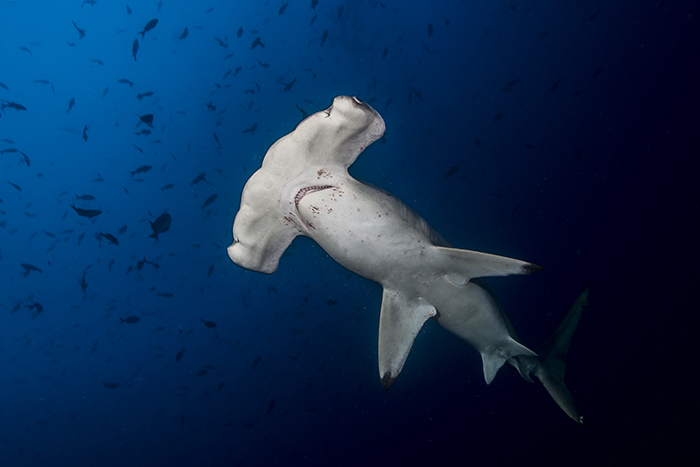 The schools of dolphins escort our boat, sharks, mantas, turtles, brilliantly coloured corals, schools of fish packed by the hundreds in each school, magical sunsets, endless tranquility and smooth waters help everybody to forget the rush of civilization.
The schools of dolphins escort our boat, sharks, mantas, turtles, brilliantly coloured corals, schools of fish packed by the hundreds in each school, magical sunsets, endless tranquility and smooth waters help everybody to forget the rush of civilization.
SUDAN SPRING SCUBA DIVING SAFARI DATES
For individual booking:
27 February, onboard Andromeda
20 – 27 March, onboard Andromeda
27 March – 03 April, North
For smaller groups and individual bookings:
13 March, Ultimate tour including Shaab Rumi, the place for sharks!
For bigger groups and Full Charter bookings:
27 February, onboard Andromeda
20 March, onboard Andromeda
3 April, onboard Andromeda
15 May, onboard Andromeda
E-mail us for RATES and DETAILS >>>
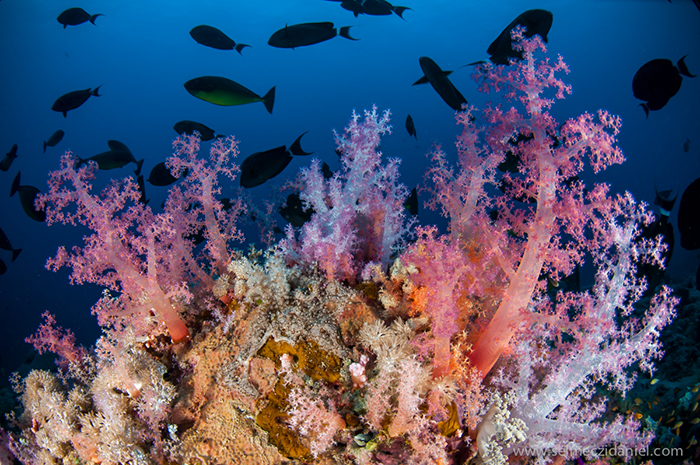
SOME INFORMATION ABOUT DIVING IN SUDAN
We arrange the Sudanese visas. All we need is the copy of the passports in an electronic format (jpg, pdf, etc.). When the visas are ready, we will send you a copy of the visas, you should be printed out and the actual visas will be placed into the passports at the Port Sudan airport.
Our boats are working on a Monday-Monday schedule. Guests fly to Dubai and from there to Port Sudan every Monday. If you arrange the flights from your country to Port Sudan (via Dubai) and from Port Sudan back to your country, we can make all the other arrangements for you. (http://www.flydubai.com/).
You can also fly to Port Sudan by Nile Air from Cairo (www.nileair.com)
All the itineraries are depart/finish from/in Port Sudan.
The secret to a perfect selfie under water
If you tried to take a professional-looking selfie under water with a mobile phone, that would be like attempting the Tour de France with a city bike – success would not be guaranteed. What? You have an iPhone? Guess what? An average compact camera blows that one too out of the water, pardon the pun.
These days you can take decent pictures with smaller, compact cameras too and as the last resort, even pros will turn to the iPhone. There are also a few dandy accessories like the selfie stick, for example, having gained popularity recently.
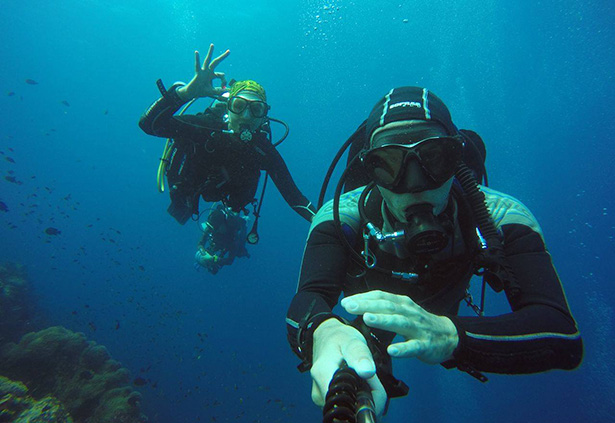 The bad news is that although you have taken the picture, it is still not ready. If you are not handy with Photoshop or you are not near a computer, the Instagram will do but don’t go overboard with the special effects!
The bad news is that although you have taken the picture, it is still not ready. If you are not handy with Photoshop or you are not near a computer, the Instagram will do but don’t go overboard with the special effects!
So, what makes an underwater selfie perfect?
1. First, you must know your camera well to be able to find all the buttons and switches without having to look constantly.
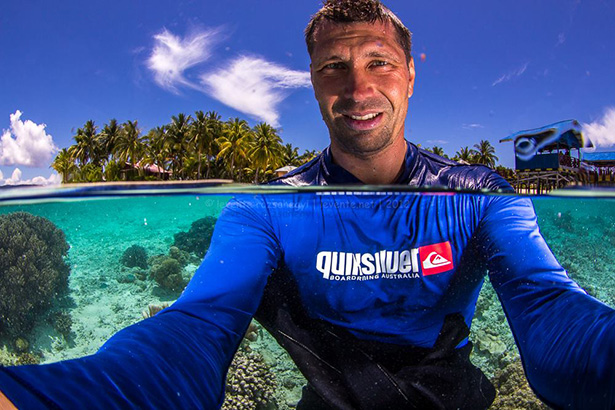
2. Try to control your flying hair, especially if it is long, or you will look like a clown.
3. Hold your breath while you are taking the photo. And try to do it in a way so it is not visible in the picture. (Of course we don’t have to say never to hold your breath during diving 🙂 .)
4. Smile. Even if you are not willing to remove the mouthpiece from your mouth. Your eyes will show if you are smiling.
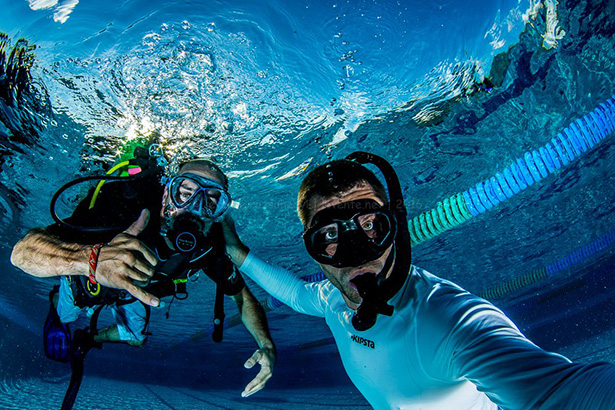
5. If you do take the mouthpiece out, make sure to exhale continuously, blowing small bubbles through your mouth. And if you can, smile and don’t make faces.
6. The photo should also include some of your underwater surroundings, like a wreck in the background, a few beautiful fish, a whale shark or dolphins playing around you. Pay attention to the light source coming from above and try to “plan” the picture. You can take selfies with anything and anybody that looks good or is interesting.
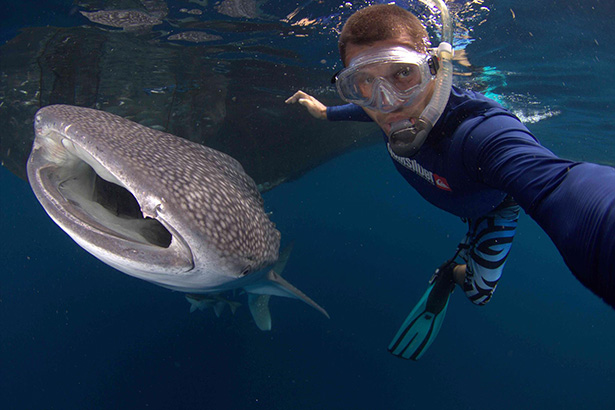
7. Everybody knows the golden rules – no pictures from below, finding our best features and keeping a nice posture. It is not that easy to try to insert yourself in the picture subject harmonically, or to create a good composition.
8.If you hold the camera with both hands at shoulder height, aside from your arms and heads not much will be visible. Try to hold the camera in one hand, so you are on one end of the picture and you still have room for other objects on the other end.
9. If you can focus your camera, focus it on the end where you will be.
10. Apart from the positioning mentioned, one key item is necessary to achieve the perfect selfie effect. Using your strobes properly allows your image to be nicely lit and sharp. The strobes should be pulled in right next to the camera and angled out at about 45 degrees. Using this technique you will soft light your face without backscatter. Try to use masks that are more transparent so light can get through them on the side as well for the full face effect. Set the focus on “closest” object setting to achieve the clearest image. If you take a selfie with your buddies, hold on to them via their BCD with your right hand!
+1 Now strike a pose and click! 🙂
Photos: Gergo Gonczi and Levente Rozsahegyi
What does the average scuba diver physique look like?
At first, we should examine the anatomy and physiology of marine mammals. Let’s take the seal, for example, who is small but ample yet is still agile and comfortable in the water. Or let’s look at the dugong or sea cow, who, despite its size and name, lives its entire life in the water. With such body masses, moving uses up substantial energies. Their bodies are like of whales, their heads large, their limbs roundish, and still they are sleek.
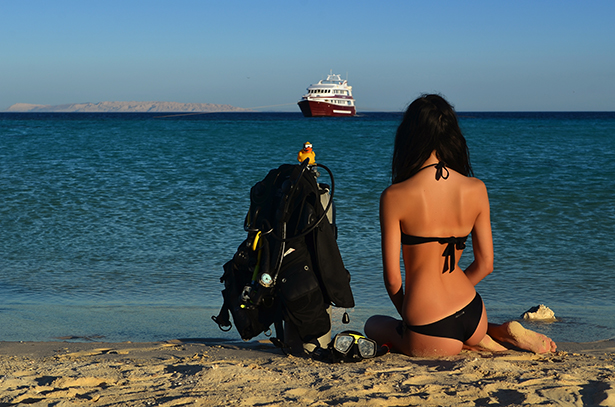 The physique of the blue whale is not particularly “ideal” either by simply being pretty huge. Despite their size, they cruise at about 20 km/hr and are capable of shorts sprints of up to 50 km/hr, especially when meeting up with other whales.
The physique of the blue whale is not particularly “ideal” either by simply being pretty huge. Despite their size, they cruise at about 20 km/hr and are capable of shorts sprints of up to 50 km/hr, especially when meeting up with other whales.
The slowest fish in the sea is the sea horse that can reach speeds of up to 16 km/hr. It is understandable why it prefers the close proximity of currents, especially given its unique posture.
The temperature control of sea mammals
One of the main issues is insulation. Mammals can maintain their body temperatures whether in the tropics or in the Arctic. It is equally vital for an African gazelle to lose the heat as it is for dolphins, whales and seals to maintain it in the cold waters.
Cetaceans are warm-blooded animals and they must maintain a near constant core temperature or they will perish. Heat in the water, even warm water let alone cold water, is lost more quickly than on air and the temperature control of whales is faced with special challenges in this respect. Mother Nature has the answers.
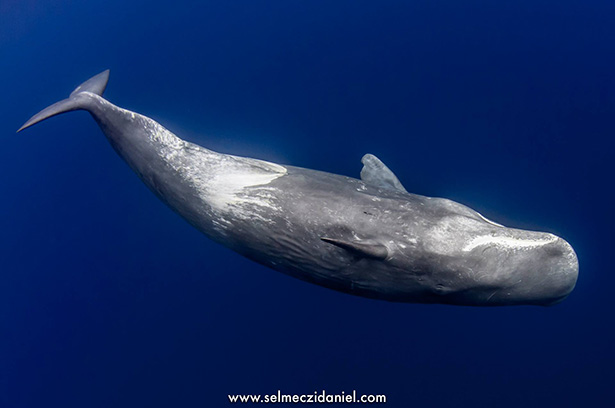 Heat loss is minimised by the large body of mammals. If we theoretically double the length of the body of an animal, its body surface quadruples and its body volume and mass increase by eight times. Thereby the body surface area per unit weight is reduced by half. Since animals lose heat through their skin, this way they are able to maintain their body temperatures. This is why there are no mouse-sized seals or dolphins – though would be very cute. J
Heat loss is minimised by the large body of mammals. If we theoretically double the length of the body of an animal, its body surface quadruples and its body volume and mass increase by eight times. Thereby the body surface area per unit weight is reduced by half. Since animals lose heat through their skin, this way they are able to maintain their body temperatures. This is why there are no mouse-sized seals or dolphins – though would be very cute. J
The main temperature control organ is the fat layer beneath the skin. The thickness of this fat layer in larger whales can reach 50 cm. Among similar-sized cetacean species, the ones that live in colder climates, have a thicker fat layer just like the common brown dolphin that favours colder waters and whose fat layer is four times thicker than of the striped dolphin living in the tropics.
The fins are not “padded” with fat and this body part of dolphins and seals is the most susceptible to cold. This is why seals keep their fins above the surface during light frolicking in the water.
The speed of metabolism also depends on the water temperatures. When, as part of an experiment, a bottlenose dolphin was removed from a 25C-degree water and placed into a 15C-degree water, its energy consumption increased by 40%.
Marine mammals living in warm climates are also in danger of over-heating since their thick fat layer hinders heat reduction. This especially poses a problem to seals on land which is why they go into the water or lie in puddles and water holes on the shore any chance they get. They also fan wet sand onto themselves with their fins. Monk seals make depressions into the sand to lie in. In the case of cetaceans, in warm weather blood circulation intensifies in the blood vessels directly beneath the skin thereby increasing heat reduction.
So what does the average scuba diver physique look like?
Let’s look at the human side. We can all surely bring up examples of people with perfect physiques, who can do 200 sit-ups in a row, who run marathons and who are genetic success but for example are afraid of the water and avoid the bathtub if they can help it.
Under the water however these physical aspects take the backseat to other more important aspects like determination, tenacity, physical and spiritual health, ability to change, to mention a few.
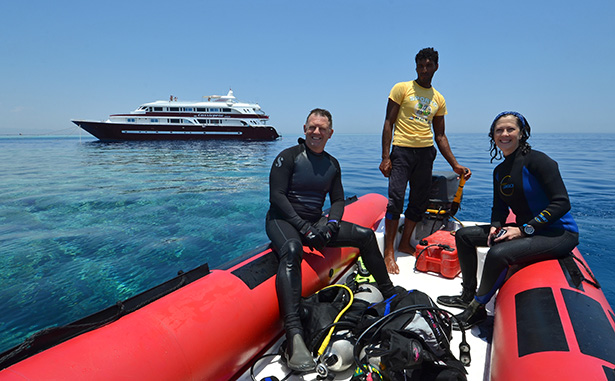
Well then, what does the average scuba diver physique look like? To tell you the truth, there is probably no such thing. Of course advantage is enjoyed by those with muscular, sporty bodies, who spend half their time in the gym but honestly, it is what is between their ears and in their chest that really counts.
This does not mean that a good physical state is not a plus but countless athletes with less than ideal physiques have proven that with hard work and persistence, exceptional performance can be achieved.
And last but not least, mastering the proper swimming technique is also extremely important without which the diver will not make headway efficiently in the water.
All this said, we can still observe some pretty spectacular and original swimming techniques under the water like the doggy paddle or the “stand-up” swim. It is also entertaining to see somebody fly by like a shooting star or somebody who is trying to get the right buoyancy with arms and legs flailing widely.
But back to the physique. There are as many body builds as there are personalities, so the best thing to do is to improve our physical skills to become better divers.
Good dives to you all! 🙂
